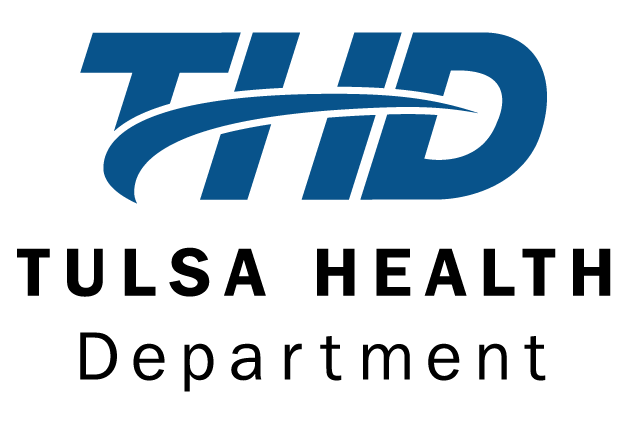Our Central Regional Health Center at 3rd & Utica is temporarily closed on Tuesday, January 13 due to a water pressure issue and will reopen at 10:00 a.m. Please visit our 56th & MLK King Jr. or 51st & 129th locations for services before then. We apologize for any inconvenience.
let closeNotificationButton = document.getElementById("btn-close-notification");
let notificationBar = document.getElementById("notification-bar");
closeNotificationButton.addEventListener("click", hideNotificationBar);
function hideNotificationBar() {
notificationBar.style.display = "none";
};




